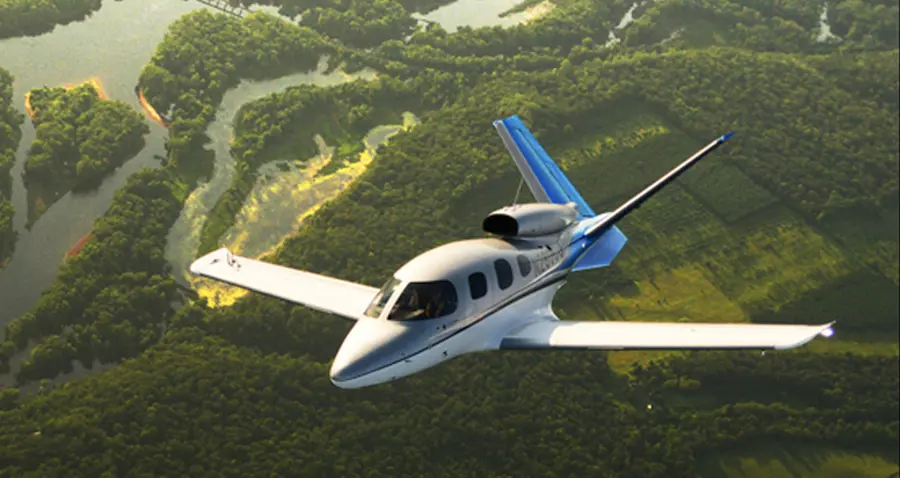

Cirrus Aircraft, based in Duluth, Minnesota, USA, was the first company to utilize foam sandwich composites in series production of civil aircrafts. The company continues the successful implementation of composite solutions in its newest jet. Announced in June 2008, the Cirrus SF50 features an all-composites airframe and a sandwich construction based on polymer cores.
As the world’s largest civilian aircraft manufacturer for private airplanes, Cirrus Aircraft is the only production airplane manufacturer that utilizes sandwich composites in the primary structure of its planes. The company has worked with Diab for more than 25 years, appreciating the reliability and product stability of composite solutions.
With room for one pilot and six passengers, the Cirrus SF50 was built using Divinycell HT, primarily due to its durability, formability and low finished part weight. Cirrus Aircraft selected Diab materials even before the design of the new aircraft had reached the drawing board.
Previous experiments with different materials had shown that Divinycell HT provided the best compromise of high-temperature process ability, damage tolerance from bird strike and best performance after impact.
The new Cirrus SF50 is a natural extension of the company’s SR22 line. The innovative features of the SR22, which is fast becoming the world’s best-selling aircraft, can be found in the new jet as well, including retractable landing gear and a deployable emergency aircraft parachute. While technologically advances, the SF50 is exceptionally easy to fly, making it a step-up aircraft for pilots with experience flying the Cirrus SR20, SR22 or other high-performance light aircrafts.
With a maximum operating altitude of flight level 280(8536m), a maximum cruise speed 300 Ktas and a weight of a mere 1,681 kilos, Cirrus SF50 is in a class by itself. With its flexible seating configuration, cabin entry from one side of the plane, a pressurized cabin, large windows and cockpit technology optimized for single pilot operation, the jet fills a niche between the piston single and twin and the Very Light Jet (VLJ). The combination of the quiet and efficient Williams jet engine, which powers the plane, and the lightweight composite frame gives the aircraft great utility, economy and simplicity never before seen in this market.
www.cirrusaircraft.com/vision
